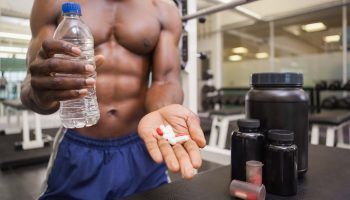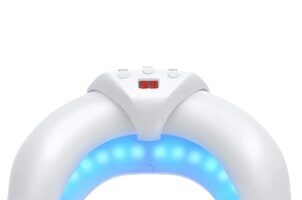Give time the healing of the body part that has been injured.
Repeated use of your injured body part is the same as repeatedly cutting or tearing it. It will be hard to heal an injured body part that has been repeatedly used. It’s never OK to ignore pain—even if that means stopping your usual activities or giving up a favorite sport. It’s best to immobilise the injured area, and rest it completely, so that the injury heals fully. If you have a chronic injury, like plantar fasciitis, and continue using the injured foot, it is more likely that your injury will become worse and harder to treat.
Consult a specialist to understand your injury
Most minor sprains or tears improve significantly after 2 weeks of rest and a break from activity. A visit to the sports physio clinic to examine the player if he’s not showing signs of improvement in two to three weeks. If you are having back pain, a physical therapist will perform a physical examination to diagnose the problem and design a customized plan of care that will include an exercise program that will address the specific problem and provide long-lasting results. If you understand the nature of your injury, then you’ll have a much easier time mentally preparing for the recovery process.
The acute phase of injury
Reducing swelling is the most important thing to do in the immediate aftermath of an injury. Follow the RICE formula for recovery: rest, ice, compression, and elevation, and limit your activities. Treatment at this stage may include surgery, bracing, or casting if your injury is severe. A clinically trained Allied Healthcare professional will recommend which treatment approach is best for you. Most injuries can be treated with over-the-counter pain relievers and ice packs.
Maintain overall condition
While your injury is healing, your health care provider and physio therapist will work with you to identify the ways for you to stay fit. Running in the pool is a good option for runners with injuries and sore muscles. Patients in a cast can exercise healthy muscles by strength training. Don’t worry about taking time to heal; you’ll get out of bed faster if you get up and moving
Recovering range of motion and strength in an injured joint or limb.
For most injuries, gentle range of motion exercises can begin almost immediately after injury. Your physician and therapist will create a plan for you, and monitor your progress.
Gradual improvement with Functional drills
Once your strength has returned to normal in your injured limb or joint, you will start doing specific exercises focused on balance and agility. If you have lost coordination as a result of the injury, these exercises will help you regain it. If you have a lower leg injury, you should be doing a lot of walking, hopping, and jogging. Light throwing will begin if your injury is in the upper part of your body. You may feel great at this point, but you are probably only about 75% recovered. It is crucial to take it slowly.
Returning to active normal sports
Your doctor and pyhsio therapist want you to be healed to the point where you are not at risk of additional harm. As you return to your activities, give special attention to warm up and icing, as appropriate. Advances in medicine can help athletes return to a 100 percent recovery. It should be as quickly as possible without sacrificing safety. You will be on your way to a healthy and safe recovery when you commit to the steps and have them monitored by your medical team.





